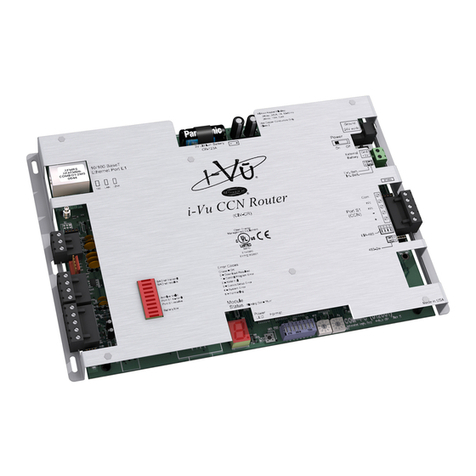
Contents
v
Introduction .......................................................................... 1
About this Manual...................................................... 1
TeLINK...................................................................... 2
Operating Characteristics .................................................. 5
Control Module .......................................................... 5
TeLINK Configuration Tables................................... 9
TeLINK Maintenance Tables................................... 12
Sequence of Operation ............................................. 13
Configuration ..................................................................... 17
Alarm Processing Definition
(ALARMDEF) Table ............................................... 17
Controller Identification (Ctlr-ID) Table ................. 20
Modem Configuration (MODEMCFG) Table ......... 20
Monitoring Center Definition
(MONTRDEF) Table ............................................... 21
TeLINK Configuration (RCSI_CFG) Table ............ 23
Occupancy Configuration (OCCPC01S)
Table......................................................................... 25
Maintenance ...................................................................... 27
Alarm Maintenance (ALARMMNT) Table............. 27
Monitoring Center Maintenance
(MONCTMNT) Table.............................................. 28
TeLINK Maintenance (RCSI_MNT) Table............. 29
Configuration Sheets ......................................................... 33





























